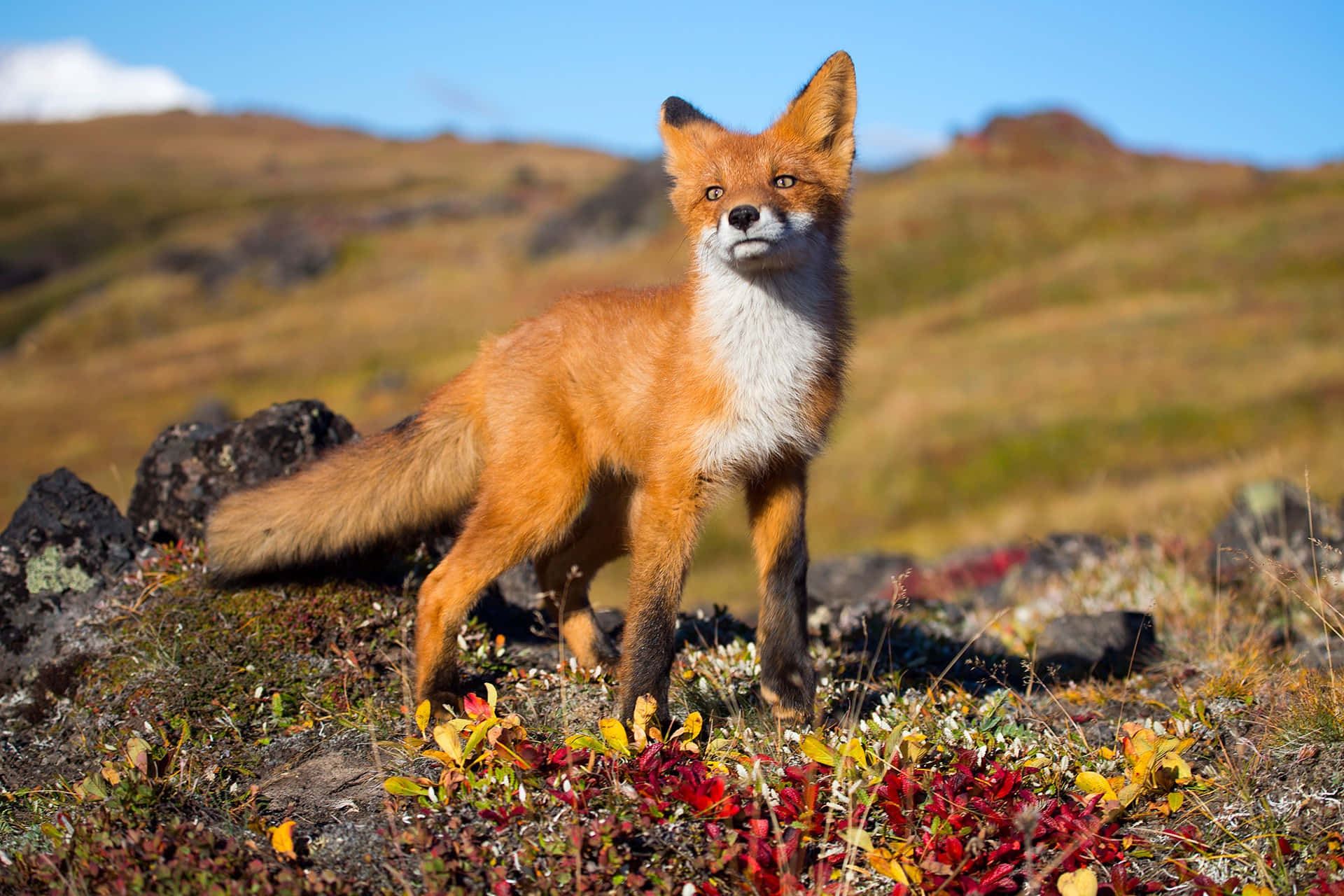In the heart of untamed landscapes and dense wilderness, the animal kingdom thrives in a symphony of life that echoes through the ages. This article embarks on a captivating exploration of the wild, delving into the diverse ecosystems, unique species, and the mesmerizing intricacies of the untamed world that exists beyond the reach of human influence.

1. The Breathtaking Diversity of Habitats: Nature’s Canvases
From lush rainforests to vast deserts, the wild is a canvas painted with diverse habitats that shelter an astonishing array of flora and fauna. Each habitat boasts its own unique ecosystem, shaping the behaviors and adaptations of the creatures that call it home. The intricate dance of life unfolds against backdrops as varied as the Arctic tundra, the Amazon rainforest, and the African savannah.
2. Apex Predators and Keystones: Guardians of Balance
Within the wild, apex predators emerge as the guardians of ecological balance. From the majestic lion prowling the Serengeti to the elusive apex predators lurking beneath ocean waves, these creatures play a pivotal role in shaping the distribution and abundance of other species. Their presence maintains the delicate equilibrium of food chains and ensures the health of ecosystems.
3. Migratory Marvels: Epic Journeys Across Continents
The phenomenon of migration is a testament to the innate resilience and navigational prowess of various species. From the monarch butterflies’ incredible transcontinental journey to the humpback whales’ migration across vast ocean expanses, these epic odysseys showcase the tenacity and adaptability ingrained in the wild spirits of animals.
4. Camouflage and Mimicry: Nature’s Master Illusionists
The wild is a realm of constant adaptation, and camouflage and mimicry stand out as evolutionary marvels. Creatures like the stick insect, perfectly blending into the foliage, or the chameleon, changing colors to match its surroundings, showcase the artistry of survival strategies developed over millennia. These natural illusions serve as both defense mechanisms and hunting tactics.
5. The Language of the Wild: Communication Beyond Words
Communication in the wild transcends verbal language, relying on a sophisticated array of sounds, gestures, and signals. From the haunting calls of wolves echoing through the forests to the intricate dances of bees conveying information, the language of the wild is a nuanced symphony that ensures survival, reproduction, and the coordination of group activities.
6. Endangered Elegance: Conservation Challenges
As the human footprint expands, the wild faces unprecedented challenges, leading to the endangerment of numerous species. Habitat destruction, climate change, and poaching threaten the delicate balance of ecosystems. Conservation efforts become crucial to safeguard the biodiversity and natural wonders that define the untamed world.
7. The Circle of Life: Birth, Survival, and Death
In the wild, the circle of life unfolds with unapologetic rawness. Birth, survival, and death are integral components of this cycle, each playing a vital role in maintaining the health and sustainability of ecosystems. The poignant moments of a predator’s successful hunt or the birth of a new generation of animals underscore the relentless pursuit of life in its purest form.
8. Wild Wisdom: Lessons from Nature’s Classroom
The wild serves as an invaluable classroom, offering profound lessons in resilience, adaptability, and interconnectedness. Observing the survival strategies of animals in their natural habitats provides insights that extend beyond the wilderness. The principles of balance, cooperation, and coexistence gleaned from the wild offer wisdom that resonates in various facets of human life.
9. Ecotourism and Responsible Exploration: Nurturing the Wild
As awareness of environmental conservation grows, ecotourism emerges as a responsible approach to explore the wild. It involves appreciating and preserving natural habitats while minimizing the impact on ecosystems. Responsible exploration fosters a deeper connection between humans and the untamed world, encouraging a sense of stewardship for the planet’s wild wonders.
10. The Ethical Imperative: Advocating for Wildlife Protection
Preserving the wild is not just a choice but an ethical imperative. Advocacy for wildlife protection involves addressing issues such as habitat conservation, anti-poaching efforts, and sustainable practices. The collective responsibility to protect the wild ensures that future generations can marvel at the same wonders that have captivated human imaginations for centuries.
Conclusion: A Call to Preserve the Wild Symphony
In conclusion, the wild is not merely a backdrop for the world’s most incredible stories; it is the story itself, a living symphony of life, death, and rebirth. Exploring the untamed realm reveals the interconnectedness of all living beings and the delicate balance that sustains the planet. As stewards of this Earth, the call to preserve the wild symphony becomes an obligation—a commitment to ensuring that the mesmerizing overture of the wild continues to echo through generations yet to come.